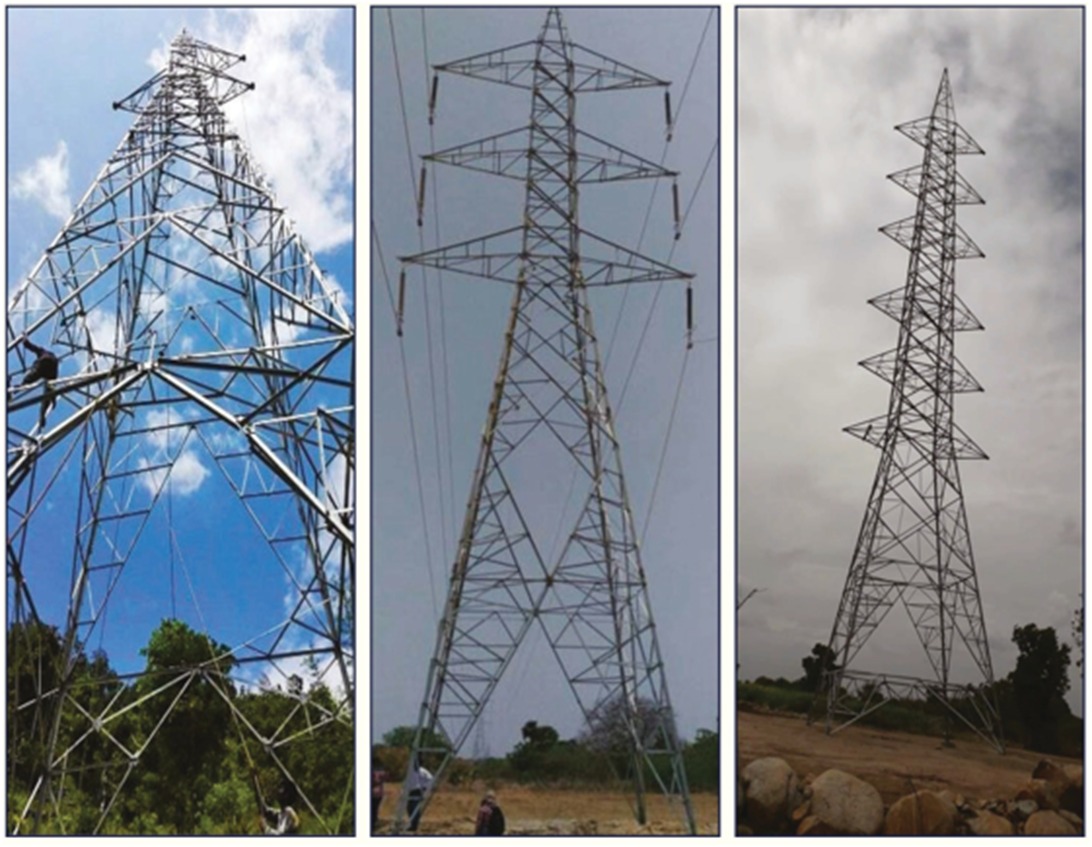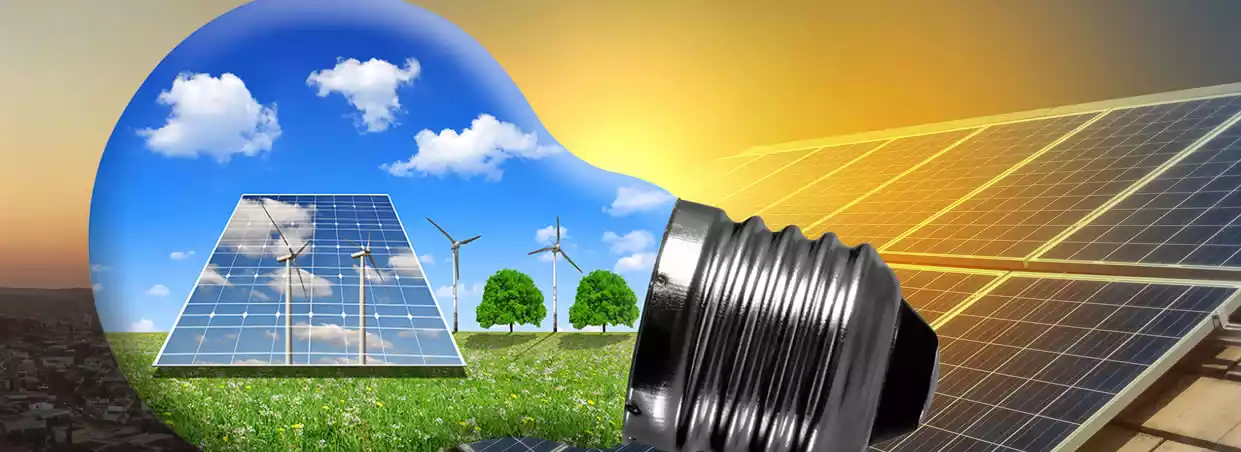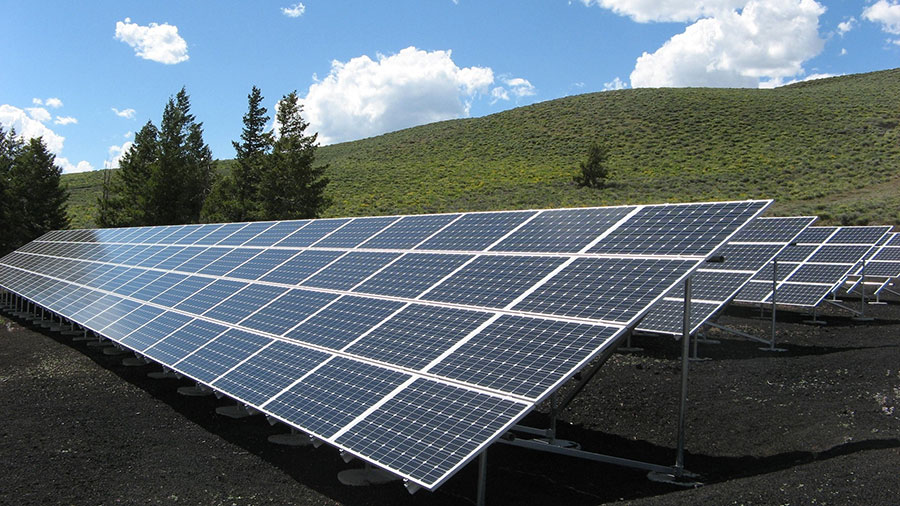
The Nigerian economy has gained momentum in 2024 after registering sluggish growth in the last few years.
In the recent past, the country has initiated reforms that are redefining business environ, and strengthening trade tie-ups. One such initiative is the local currency settlement system between the Indian rupee and Nigerian Naira for cross-border transactions. Cooling of inflation is also accelerating the growth momentum in Nigeria.
Another area that is seeing unprecedented growth is the power sector in the country. Nigeria has an abundance of renewable energy resources, such as small hydropower, biomass, wind, and solar energy. The nation is moving away from gas-powered power generation and toward renewable energy to reduce its carbon footprint.
The use of renewable energy sources, the requirement to diversify the energy mix, and the declining costs of renewable technologies are driving the growth of renewable energy in Nigeria.
The nation has taken strides to accelerate the development of energy from renewable sources. Some of the initiatives include targeting a 30% share of renewable energy by 2030, creating an agency for rural electrification and launching campaigns to promote innovation and investment from the private sector.
As per the International Trade Administration (ITA), Nigerian government launched the Renewable Energy Master Plan (REMP) to increase the supply of renewable electricity (wind, solar, biomass, and small hydro) from 13% of installed electricity generation capacity in 2015 to 23% in 2025 and 36% by 2030.
Nigeria’s renewable energy market is projected to grow from 3.13 gigawatts in 2024 to 5.01 gigawatts by 2029, with a compound annual growth rate of 9.88%. By 2025, renewables could make up 23% of Nigeria’s energy mix.
Nigeria’s GEAPP and RMI have unveiled a 10-year roadmap to expand utility-enabled distributed energy, particularly renewables and batteries, in rural communities for energy access, economic development, and carbon emissions reduction.


Nigeria produces almost 5000 Mw of electricity annually. With 200 million people, Nigeria is the most populous nation; the energy ratio is insufficient.
Overall, the renewable energy sector in Nigeria can create jobs, boost economic growth, reduce greenhouse gas emissions, provide affordable electricity, and scale up to generate over 10 times its current capacity by 2040. Building local technical capacity, attracting private sector investment, and implementing off-grid solutions are also opportunities. Furthermore, stakeholders can identify funding pathways for renewable energy projects.
This implies that Nigeria presents energy industry participants with several avenues for growth. With the new policy in place, the government is also acting more proactively to support the nation’s growth by adding power capacity while also working to provide its citizens with access to affordable power.
While the government is addressing policy and regulatory challenges, it’s also prioritizing infrastructure vandalism resolution and port clearance acceleration.


Nigeria has launched a comprehensive plan to revitalize the country’s electricity industry. The National Integrated Electricity Policy and Strategic Implementation Plan (NIEP-SIP) was recently implemented ensure reliable, sustainable, and equitable access to power for all. The NIEP-SIP outlines policy interventions across the entire value chain, from generation and transmission to distribution and off-grid segments. It also aims to create a resilient, efficient, and inclusive sector to drive national development. The key priorities include improving sector liquidity, attracting investment, integrating renewable energy, and enhancing grid reliability.
Nigeria’s solar capacity is set to reach 10 GW by 2030, requiring the use of Public-Private Partnerships and international investments to overcome grid integration and financing challenges.
Nigeria’s focus on solar energy aligns with global trends, where solar is expected to receive the largest share of clean energy investments in 2024.
PAYGO models, microfinancing, and innovative battery storage technologies are revolutionizing access to solar energy for low-income households and remote communities in Nigeria.
The Nigerian Electricity Regulatory Commission (NERC) is making efforts to scale up renewable and distributed energy solutions in Nigeria. Key stakeholders, including government officials, private sector developers, financial institutions, non-governmental organizations, and international partners, are evolving strategies to boost renewable energy adoption in the country. The agency’ has electrified over 7.8 million Nigerians and is deploying over 1 million solar home systems through the World Bank-funded Nigeria Electrification Programme (NEP).
Plans are afoot to expand electricity access to 17 million Nigerians under the upcoming Nigeria Distributed Access through Renewable Energy Scale-Up (DARES) initiative, a $750 million World Bank funded project.


Solar energy has seen the most significant growth in Nigeria, with many off-grid solar projects and mini-grids being deployed.
Favourable factors such as standalone installations, decentralised supply, ability to connect to mini grids are fueling Solar energy adaption. That is not all, solar adaption doesn’t have limitations. The solution are apt for both rural and urban settings and it comes with various options such as lights, fans water pumps to rooftop solar panels and grid scale capacity.
Nigeria’s electricity generation is predominantly powered by gas, which is considered clean energy. According to data, hydro power is the second most consumed energy source, accounting for nearly 20% of total energy consumption, while solar power contributes only 0.12%.
Solar energy has the potential to revolutionize energy generation, both grid-connected and off-grid, given the enormous opportunities it presents. With the government’s new policy support, the meager contribution of solar power to the energy basket can be increased. There are numerous benefits to solar. Solar energy is adaptable enough to be used in a variety of settings, from standalone installations to mini-grids serving a local area to massive grid-level plants.

Why attend


Chat Now